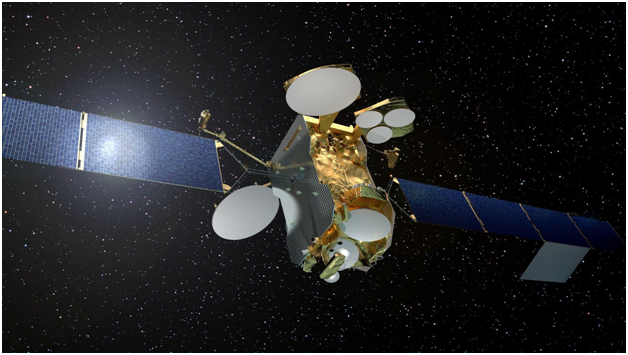How Small Spacecraft Buses Are Revolutionizing the Space Industry?
Does it seem like the average spacecraft bus is shrinking? You are not the only one! There has been massive growth in the small and micro spacecraft bus segment. In this article, we will explore what a spacecraft bus is, its cost, and how the small spacecraft bus segment is revolutionizing the space industry!
What Is Spacecraft Bus?
A spacecraft bus is the physical structure and body of the spacecraft. The bus has the critical role of housing the payload and scientific equipment. It derives its name from a standard bus because its role is to transport the payload into space. The payload refers to the equipment that is going to be used to complete the satellite’s mission. For example, the camera, sensor, and antenna. The bus plays a critical role in protecting the payload and getting safely into space. Once in space, the bus has to safeguard the payload from the elements such as extreme temperatures, harmful radiation, and, first of all, debris. Due to advances in technology, the spacecraft buses have been getting smaller and lighter, resulting in increased production and launch of satellites.
What Spacecrafts Are in Space Now?
There are over 6000 satellites and spacecrafts in space right now and over 1000 small spacecrafts. It is estimated that 60% of all spacecrafts and satellites are space junk. There are currently 8 spacecrafts orbiting Mars.
How Much Does a Spacecraft Bus Cost?
For a small satellite, the spacecraft bus will cost between $10 million and $40 million. A large spacecraft bus can cost hundreds of millions of dollars. Mini satellites known as CubeSats cost around $50,000 per unit and weigh only 1 kg! A typical satellite bus represents 25% of the total cost of a spacecraft. The payload and scientific equipment make up the remaining 75% of costs. This means that the payload, even on a small and modest satellite, will cost at least $30 million! The cost of a spacecraft depends on the size, weight, and the spacecraft bus subsystem.
What Are the Benefits of a Small Spacecraft Bus?
The popularity of small spacecraft bus platforms is increasing thanks to cheaper manufacturing costs and significantly lower launch costs. The cost of launching a satellite costs around $14,000 per pound. This means that a large satellite can easily cost $30 million to $100 million just to launch! Due to advances in technology and design, scientists have been able to radically shrink the size of a satellite bus and reduce its weight. Now the launch cost for a small bus is just a few million dollars.
The smaller a spacecraft bus is, the cheaper it is to manufacture. Satellites are no longer huge chunky metal boxes weighing thousands of kilograms. The mini and small satellite bus segment is absolutely booming and is expected to grow at 9.8% annually to 2030. These small spacecraft are made with lightweight materials and feature streamlined and optimized designs. The result is a bus that weighs and costs a fraction of old heavy satellites.
The reduction in launch costs and manufacturing costs has now made it viable for a wide range of businesses to start using satellites. Previously the astronomical launch costs had scared away many private businesses, and satellites were mostly used by governments for military purposes or massive communications companies. Those days are now gone! Satellites are used by farmers to inspect crops and soil, car companies to provide automated driving features, water companies to manage supplies, financial companies to provide instant credit card authentication, retail firms to handle inventory, and so much more! Without the reduction in launch costs, many businesses would not be able to leverage the power of satellites.
Overall!
The declining size and cost of the spacecraft bus is a major driving force behind space industry growth. It has allowed many private companies to start leveraging satellite technology and has resulted in a wave of institutional and private investment in the space industry. It will be exciting to see if the small satellite bus revolution can usher in a new space golden age and help us solve some global problems, including climate change, water supply, food supply, and natural disasters. Comment below what you think small satellites will look like in the next 20 years.


No comments:
Post a Comment